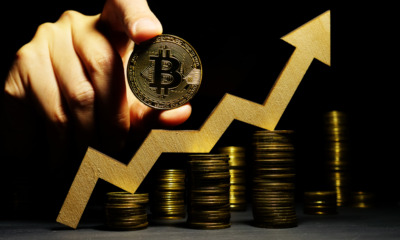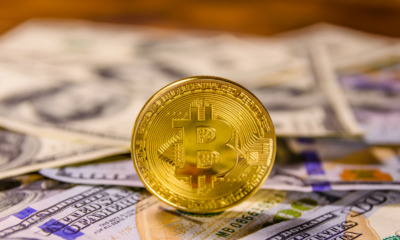Blogs
Why is Decentraland (MANA) so Appealing

The latest popularity of cryptocurrencies is still not wearing off, but instead, it seems to be getting stronger by the day. This has seen a massive increase in investors as well, with all of them chasing the same goal. A new project called Decentraland (DCL) is one that is getting especially popular.
DCL’s team and background
There are those who would characterize the new project, Decentraland (DCL) as a combination of VR, Second Life, and blockchain. It will have its native crypto by the name of MANA, a decentralized governance which will be using Aragon project’s tools, and the ownership of land (LAND) will be distributed.
It was first founded by two entrepreneurs from Argentina, called Esteban Ordano, and Ari Meilich, back in 2017. Supposedly, these two individuals visualized the concept for this project in a blockchain developers’ hacker house. Esteban Ordano has been known for years as a co-founder of Zeppelin, a DCG portfolio company. Even before that, he was known as BitPay’s early employee as well.
As a developer, he is said to be brilliant, which is by itself something that attracts attention to this new project. His involvement also brought attention to Ari, who turned out to be very innovative, insightful, as well as very mission-driven. His background includes entrepreneurship, neuroscience, and even venture capital.
A year ago, they published a whitepaper which explains their view on the project. In August 2017, the $25mm token sale was finally completed, and the foundation which these two ran got the proceeds in MANA, which will help bring Decentraland to life.
The LAND
The formation of the land for the project finally started in November 2017. The land was initially supposed to be shared into individual districts. The members of the community would be able to write different plans for the specific use of the land, and then ask for other community members’ donations. One parcel of LAND would be handed out to them for every 1000 MANA that they receive. After that, if the certain milestones are hit, they would receive the actual land.
Back in December 2017, there was a public auction of the land, and it included 45,000 individual parcels. Each of them was priced at 1000 MANA, which was at around $100. Up to 35,000 parcels were bought with an average price of $300, or 3000 MANA. About 161,483,050 MANA was spent in total, which rounds at about $28mm.
Instead of sending the MANA to the founder, it was destroyed, or “burned”. This was done in an effort to reinforce the decentralized nature of Decentraland. The auction attracted over 3000 unique addresses and the most expensive part of the land was paid $60,000, or 600,000 MANA.
Right now, the project includes around 90,601 parcels. They are non-fungible tokens (NFT’s), and their ownership is safely recorded on the blockchain belonging to Ethereum, through the ERC-721 standards. The parcels all have a different set of coordinates and can be seen on this map. They are all 10×10 meters, and together they make a Washington DC-sized city called Genesis City.
The land is divided into four different categories:
- Private land – purchased on the auction, with an additional 12,000 parcels that will be sold on the second auction in 2018.
- Districts – these were given to different projects before the auction even began. The district called University will offer educational courses, while Vegas City will be used for entertainment and casinos.
- Community land – this land is supposed to be used for parks and similar projects.
- Roads – will allow traveling, content discovery, different experiences and alike.
The world size is large at this point, but it will still need a lot of expanding since it is expected to attract quite a crowd. The process of making new LAND, as well as the growth rate, are still to be determined. However, the most likely scenario will simply repeat the event of the auction. All gathered MANA will, once again, be burned, which will reduce its supply. This is crucial in order to properly understand DCL’s economics.
The DCL is still early, and because of that, largely under the radar. Its community is still establishing itself, and its project is nothing if not inspiring, fun, as well as multidisciplinary.
This might be the app that will completely redefinition the use of blockchain. Using this technology for recording land title was talking about in the past, but it never actually got close to doing it. The fault for that lies with the legacy system, as well as the fact that the ownership of the land is getting recorded on the blockchain, which wouldn’t mean much when the potential oppressive regime decides to take that land from the owner.
LAND will change that, and nobody (besides a really, really skilled hacker) will be able to take control of one’s land.
Because of all these things, DCL might be the first ever decentralized autonomous organization that is fully-functional. The smart contracts that will be the part of owning LAND will allow construction of new organizations, and this may lead to giving token holders voting rights and making various decisions as a collective. The government will be decentralized, and the decisions will be made according to the community’s feedback. Eventually, the power and the project itself will be handed down to the users themselves.
Conclusion
So far, the project sounds amazing, but there are still many questions that need answering. Is it ahead of its time at this point? When can we expect the VR to be ready for mass market? Is the value going to be measured by the amount of possessed LAND, or will MANA be used as a medium of exchange?
These and many more questions are in need of answers. Some believe that this kind of project appeared too early. However, whenever something looks to be too early, it is usually right on time by the time it actually launches. The DCL ecosystem is growing and stabilizing, and it constantly attracts new users and investors. The potential is unlimited, and everyone involved in any way is eager to see where it will all lead to, and how will it all look like in the end.
For the latest cryptocurrency news, join our Telegram!
Disclaimer: This article should not be taken as, and is not intended to provide, investment advice. Global Coin Report and/or its affiliates, employees, writers, and subcontractors are cryptocurrency investors and from time to time may or may not have holdings in some of the coins or tokens they cover. Please conduct your own thorough research before investing in any cryptocurrency and read our full disclaimer.
Image courtesy of salat fresser via Flickr
Altcoins
XNO Token of Xeno NFT Hub listed on Bithumb Korea Exchange
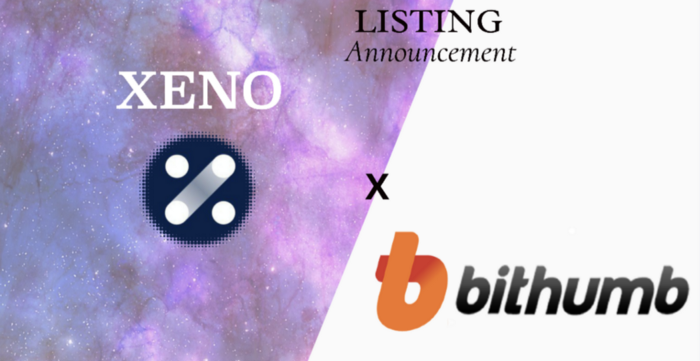
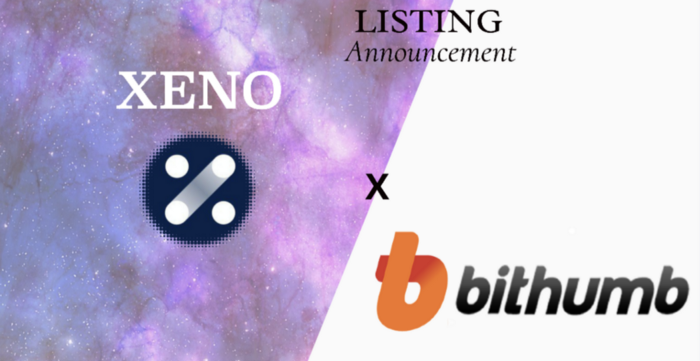
Hong Kong, Hong Kong, 25th January, 2021, // ChainWire //
Xeno Holdings Limited (xno.live ), a blockchain solutions company based in Hong Kong, has announced the listing of its ecosystem utility token XNO on the ‘Bithumb Korea’ cryptocurrency exchange on January 21st 2021.
Xeno NFT Hub (market.xno.live ), developed by Xeno Holdings, enables easy minting of digital items into NFTs while also providing a marketplace where anyone can securely trade NFTs.
The Xeno NFT Hub project team includes former members of the technology project Yosemite X based in San Francisco and professionals such as Gabby Dizon who is a games industry expert and NFT space influencer based in Southeast Asia.
NFT(Non-Fungible Token) technology has recently gained huge focus in the blockchain arena and beyond, making waves in the online gaming sector, the art world, and the digital copyrights industry in recent years. The strongest feature of NFTs is that “NFTs are unique digital assets that cannot be replaced or forged”. Unlike fungible tokens such as Bitcoin or Ether, NFTs are not interchangeable for other tokens of the same type but instead each NFT has a unique value and specific information that cannot be replaced. This fact makes NFTs the perfect solution to record and prove ownership of digital and real-world items like works of art, game items, limited-edition collectibles, and more. One of the ways to have a successful…
Altcoins
Should Crypto Projects Devote Resources to Community Growth and Marketing?

2020 has been an incredible year for crypto as investors have generated windfall profits and crypto projects have seen their businesses gain the spotlight they’ve been looking for. While Bitcoin has received most of the attention after major institutional investors announced they were accumulating the increasingly scarce asset, many altcoins have also seen their fair share of glory. When looking at all the big winners of the past year, the first project that probably comes to mind is Chainlink, having appreciated by more than 550% YTD and now valued at over $4.5 billion. But, the actual biggest winner of the year is HEX with a YTD return of over 5,000%.
I mention both of the above projects as they have each taken slightly different paths to achieve greatness. Chainlink has devoted resources toward building a fundamentally sound business with many strategic partnerships while HEX has spent vast sums of money on marketing and promotion. Both approaches are valid, but one thing is certain, it is absolutely imperative for crypto projects to let the crypto community know what makes them special. Of course, one of the reasons that makes crypto so valuable is the powerful blockchain technology that most projects are utilizing.
Cryptocurrency vs. Blockchain Technology
It’s important to make a distinction between blockchain technology and cryptocurrency. Although they are often used interchangeably, they are different. Blockchain technology and crypto were both created after the 2008 financial crisis, but cryptocurrency…
Altcoins
XENO starts VIP NFT trading service and collaborates with contemporary artist Hiro Yamagata
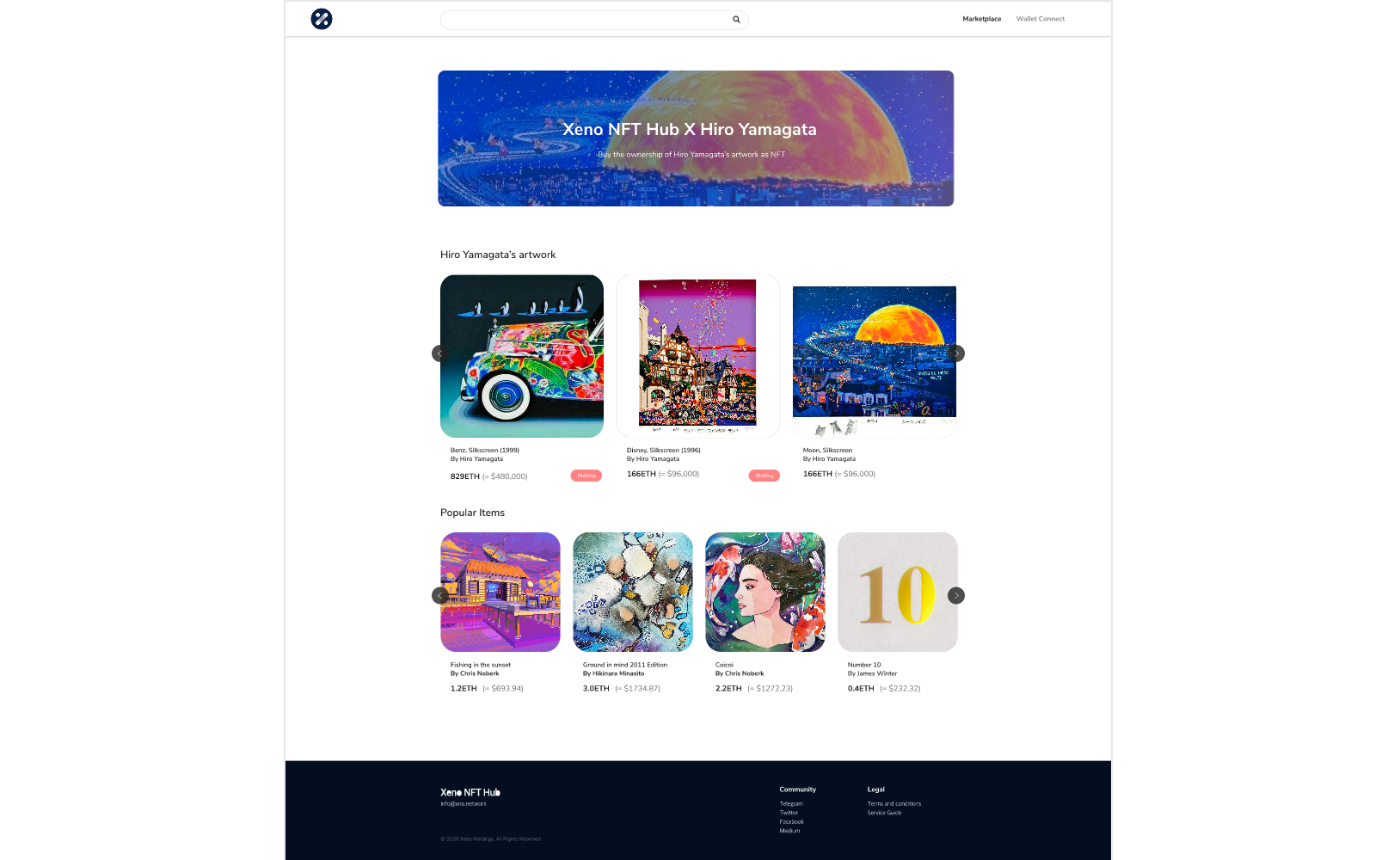
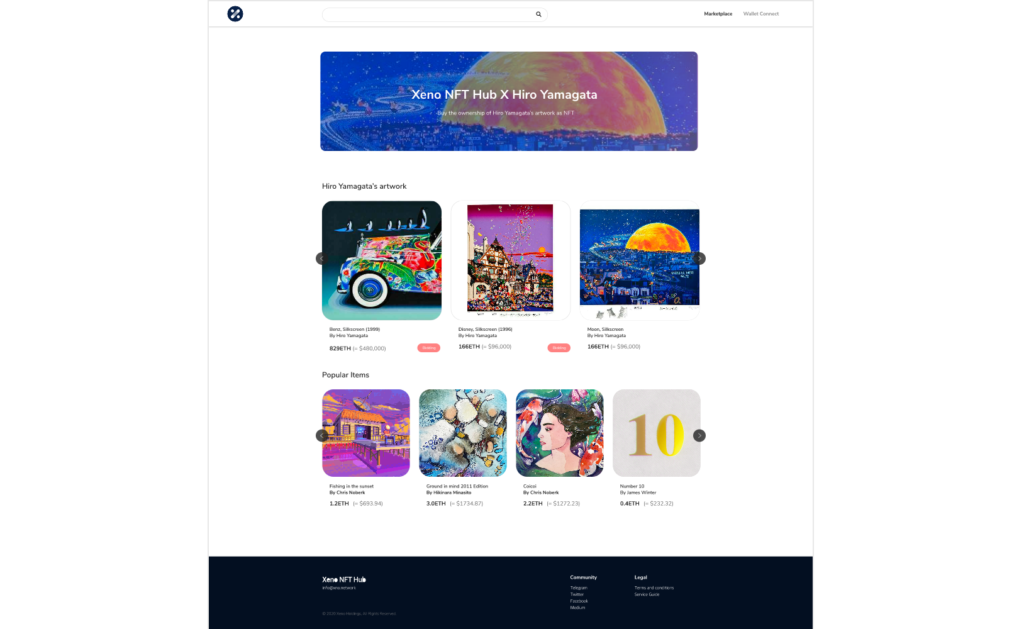
Hong Kong, Hong Kong, 24th December, 2020, // ChainWire //
The XENO NFT Hub (https://xno.live) will provide a crypto-powered digital items and collectables trading platform allowing users to create, buy, and sell NFTs. Additionally it will support auction based listings, governance and voting mechanisms, trade history tracking, user rating and other advanced features.
As a first step towards its fully comprehensive service, XENO NFT Hub launched a recent VIP service to select users and early adopters in December 2020 with plans for a full Public Beta to open in June 2021.
“NFTs are extremely flexible in their usage, from digital event tickets to artwork, and while NFTs have a very wide spectrum of uses and categories XENO will initially focus its partnership efforts and its own item curation on three primary areas: gaming, sports & entertainment, and collectibles.”, said XENO NFT Hub president Anthony Di Franco.
He also added “This does not mean we will prohibit other types of NFTs from our ecosystem However, it simply means that XENO’s efforts as a company will be targeted into these verticals initially as a cohesive business approach.”
Development and Procurement Lead, Gabby Dizon explained, “Despite our initial focus, we found ourselves with a unique opportunity to host some of the works of Mr. Hiro Yamagata. We are collaborating with Japanese artist Hiro Yamagata to enshrine some of his artwork into NFTs.”
Mr. Yamagata has…
-

 Blogs6 years ago
Blogs6 years agoBitcoin Cash (BCH) and Ripple (XRP) Headed to Expansion with Revolut
-

 Blogs6 years ago
Blogs6 years agoAnother Bank Joins Ripple! The first ever bank in Oman to be a part of RippleNet
-

 Blogs6 years ago
Blogs6 years agoStandard Chartered Plans on Extending the Use of Ripple (XRP) Network
-

 Blogs6 years ago
Blogs6 years agoElectroneum (ETN) New Mining App Set For Mass Adoption
-

 Don't Miss6 years ago
Don't Miss6 years agoRipple’s five new partnerships are mouthwatering
-
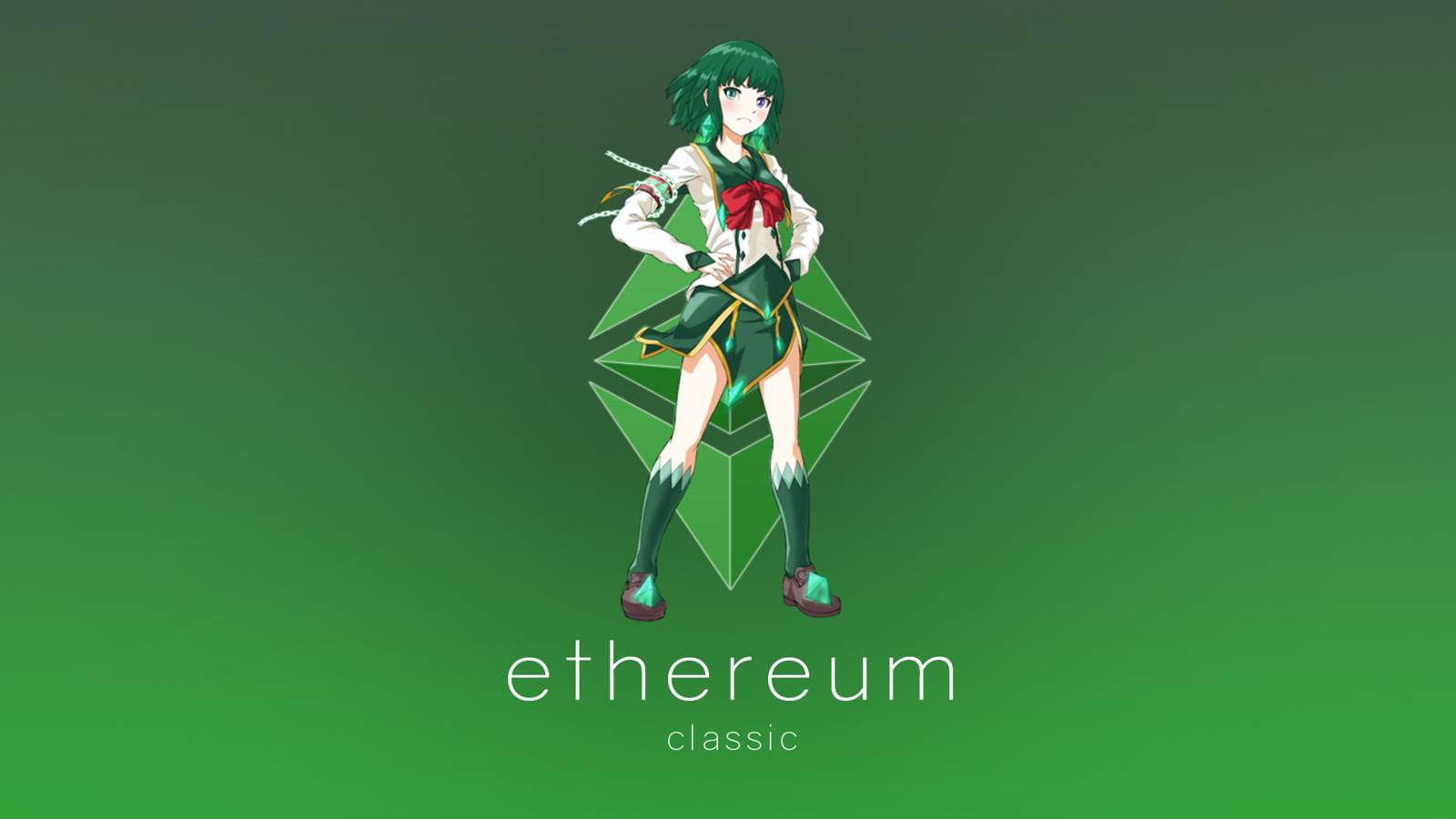
 Blogs6 years ago
Blogs6 years agoEthereum Classic (ETC) Is Aiming To Align With Ethereum (ETH)
-
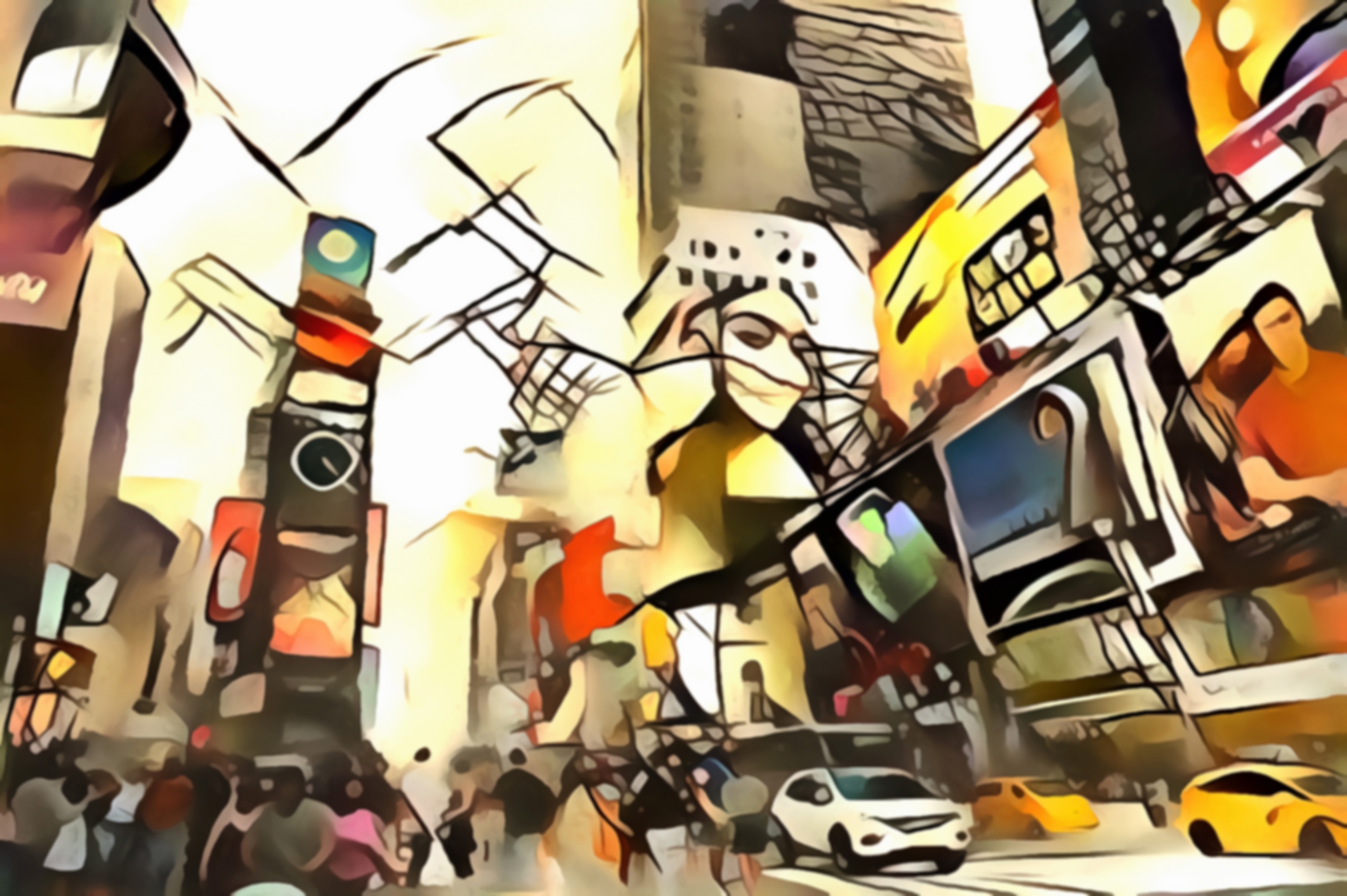
 Blogs6 years ago
Blogs6 years agoCryptocurrency is paving new avenues for content creators to explore
-
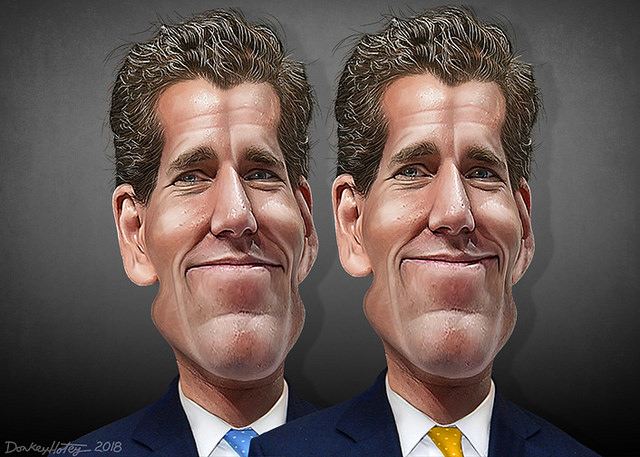
 Blogs6 years ago
Blogs6 years agoLitecoin (LTC) Becomes Compatible with Blocknet while Getting Listed on Gemini Exchange









